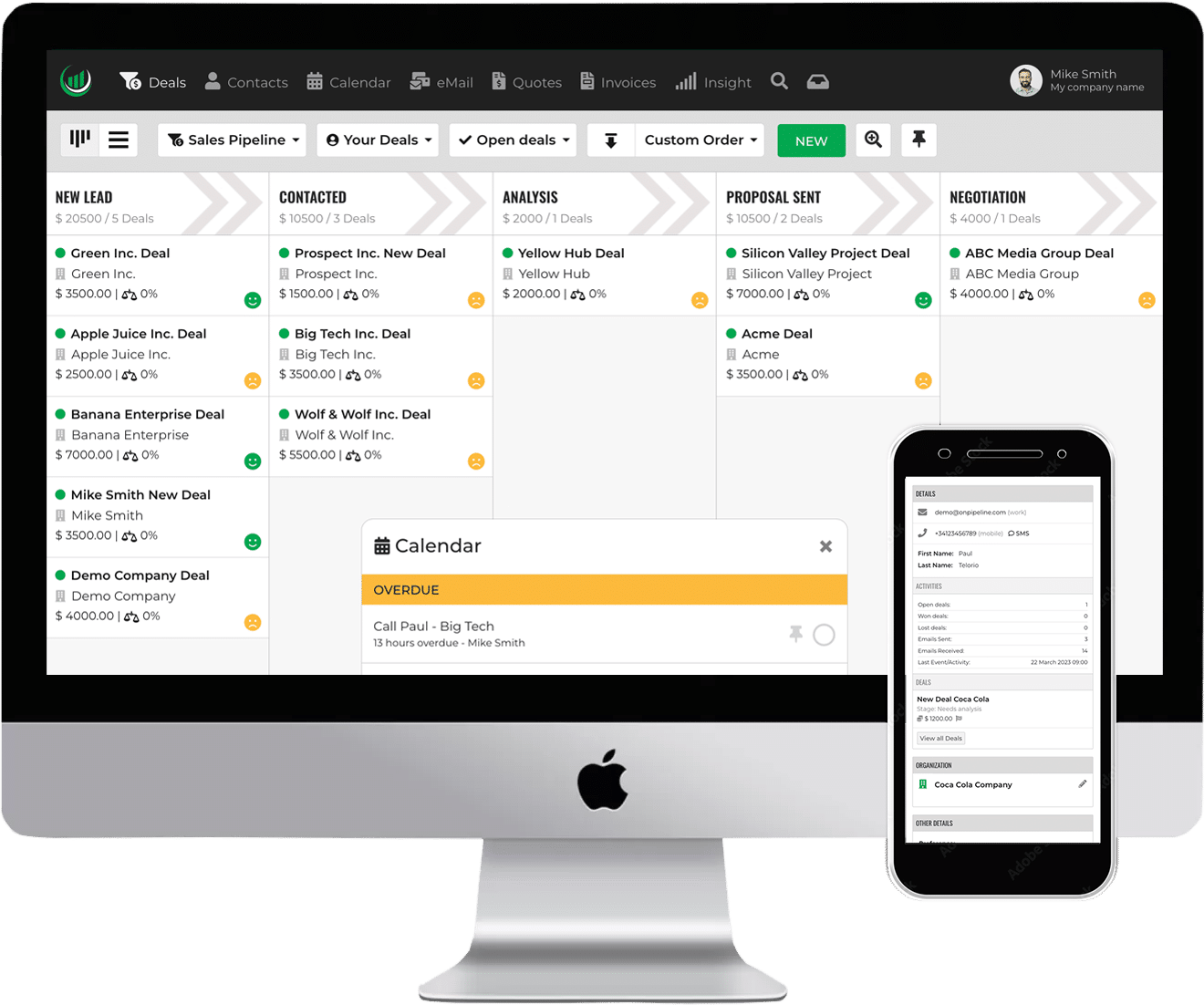Team performance can make or break the company’s success. Hence, team managers must devise creative approaches to improve performance. It might be challenging as a new manager, but the sooner you develop a proactive strategy, the better.
Need help figuring out the practical approaches for improving team performance? Start with seven easy tricks below to take workplace productivity to a new level.
What is Team Performance?
Team Performance refers to evaluating the performance of the entire team. This measurement helps understand how well the team is performing. Organizations often use team skills to gain a competitive edge and increase productivity.
This metric is essential for a department’s profitability, progress, and success. Measuring team performance over time can help improve positive aspects.
Scroll down and find why calculating and improving team performance is mandatory.
Boost Productivity
No wonder exercising team management skills improves overall progress. Teams can execute tasks effectively, make better decisions, and solve complex problems in the shortest span. A well-functioning group often outperforms individuals, thus increasing productivity and morale.
Gives Emotional Support to Each Other
Well-connected team members can offer emotional support to each other, thus causing less burnout. They understand the demands and stress of completing work and can help each other in critical situations.
Fewer Mistakes
If your team is bound with good vibes and positive energy, they feel less frazzled, leading to fewer mistakes. Team members often encourage and inspire each other, thus lowers down stress levels.
Expand Creativity
When people with different perspectives come together, they expand creative thinking and enhance growth opportunities. The brainstorming ideas can only come up when your team members collaborate and trust each other. As a team manager, you must let your team propose their ideas, ask stupid questions, and receive constructive criticism.
Sure-shot ways to improve Performance
Wondering how to boost your team’s performance and keep them motivated? Use these proven tactics and improve efficiency and productivity in any workplace environment.
1. Understand the Team Members
First, you should get well-verse with your team, their weaknesses and strengths, and their internal relationships. Identify team dynamics and observe how good and helpful they are with each other. Organize team meetings and analyze their communication patterns.
In addition, you should evaluate the strength and weaknesses of the team, both as a group and as individuals. It might include analyzing skills, expertise, and experience. Besides, you should identify areas of improvement that might be affecting the overall performance.
2. Encourage Open Communication
Fostering open communication among team members always helps them interact with each other in a better way. It creates an environment where everyone feels convenient sharing their ideas and opinions. Never criticize their ideas; consider stepping into their shoes to understand their perspectives.
Besides, as a new manager, you must encourage active listening and provide opportunities for feedback and collaboration. Give them the necessary support and resources to help them achieve their goals.
3. Building Trust
Building trust is vital to improving overall team functioning. Since all team members have different perspectives, building trust between them can be challenging.
Elevate the process by motivating team members to communicate. Create a positive environment where they can conveniently share their ideas and thoughts without being judged.
Make sure everyone on the team understands their roles and responsibilities. It helps reduce confusion and maintains clarity about their work. Building trust is synonymous with honesty and transparency. Hence, as a leader, you must be honest and accountable. Show that you trust their work and instincts and value their ideas.
Most importantly, it would help if you acknowledge and respect differences. Everyone on the team boasts unique skills, experiences, and perspectives. Therefore, you should be mindful of these differences and encourage team members to learn from each other.
4. Setting Expectations
Setting clear expectations is the next step to leveling up your team’s performance. Ensure your team members understand what exactly you are expecting from them.
Set realistic and measurable team goals. Make sure they comply with with the company’s mission and values. In addition, be mindful that goals must be set within your team’s capabilities and are still relevant.
Communicate the roles and responsibilities of each member clearly, and use precise language to avoid confusion. Also, they must be time-based to let your team members understand the value of time and deadlines.
Use positive reinforcement and address areas where improvement is required. Don’t hesitate to offer honest feedback to team members to make them aware of where they’re lacking. Foster the culture of accountability, and hold the team accountable for its actions and outcomes.
5. Handle Conflicts Promptly
Conflict is unarguably an inevitable part of the collaboration. Since all team members have different capabilities and problem-solving approaches, it sometimes leads to conflicts and tension.
Hence, you must handle those conflicting situations effectively as a team manager. Don’t lose your calm, and optimize team performance management and levels. Make collaboration more manageable to prevent fallouts.
Also, you must create an empathetic culture in your team and encourage them to value empathy to avoid pent-up frustration. Motivate your team members to ease tension and collaborate rather than jumping to conclusions and allowing frustration build-ups.
Conflict among team members is natural, but it is crucial to manage it promptly. Ignoring conflicts can escalate problems among team members while damaging team morale and productivity. Identify the root cause of the trouble and focus the discussion on the specific issues to find common ground.
Finally, follow up with the team after resolving the conflict to ensure everyone’s on the same page and satisfied with the outcome.
6. Measure Team Performance
Establishing a system of measurement is vital – not only in sales – as it improves the team output and increases productivity. But how do you know who’s performing well and who’s without any actual data?
Team managers must put a sound system to practice and establish Objective and Key Results (OKR) across the team. This approach lets you plan out your quarter or year calendar and then stack up what you achieved against your forecast.
Measuring team performance isn’t always hitting numbers and meeting deadlines. It’s also how to cope with failures and inspire team members toward attaining goals. If your team is not performing as expected, don’t panic or become ruthless. Instead, you should focus on the root cause and keep a positive and calm mindset when building OKRs.
7. Provide Incentives
The goal-setting can be aggressive, and employees might lose interest if they feel work could be more ambitious and meaningful. That’s where sales commissions come into the role. They serve as an excellent method to motivate your team and curb demotivation.
Plan exciting incentives for your team and encourage them to hit the target. It will give a reason for your team members to commit to the project goal and energize them to strive for optimal team performance.
If you want to make them geared toward business goals, make incentives more personal, and take productivity to the next level.
8. Don’t Micromanage
One mistake team managers often commit is to start micromanaging the team. Focusing too much on minute details fuels low morale, high turnover, and decreased productivity.
Micromanaging is the critical reason for the downfall of teams and will take the organization nowhere. While this approach may seem tempting at once for new managers, it delivers no result and can spoil team effectiveness.
Micromanaging makes team members feel stressed and frustrated, leading to low productivity. Besides, it can make employees feel less accountable and restricts them from taking the initiative. Micromanaging can erode trust between managers and team members, affecting the team’s effectiveness.
Hence, delegating tasks and trusting your team members is the best way to avoid this issue. Kick perfectionism out of the window and let your employees take calculated risks.
Support and guide them when needed and let them take ownership of their work. Doing so will help you carve out more time to focus on larger organizational objectives. It also instills a sense of trust among your team members.
9. Motivate and Empower
Finally, don’t forget to bring team spirit. Being a team manager, you are responsible for your team’s attitude and performance. Hence, make a conscious effort to keep them motivated and engaged with the work.
In addition to goal-based incentives, you should focus on their well-being and make them feel valued. Also, you can utilize the benefit of team-building to keep them occupied. However, make sure to choose team-building activities that meet your objectives.
Determine the main challenge your team is struggling with. It helps you pick an activity that addresses an issue simply and is fun. Remember that it’s impossible to inspire your employees without celebrating their success. They should get recognition for their accomplishment, big or small.
When organizing team meetings, don’t highlight problems only. Instead, dedicate time to the employee’s accomplishments and appreciate their efforts.
Conclusion
Healthy teams enjoy benefits beyond the organization’s bottom line and core values. Hence, if you want to improve your team’s performance, follow the tricks mentioned above and see the visible difference. While this goal demands lots of commitment and effort, you can attain it by setting realistic expectations.


